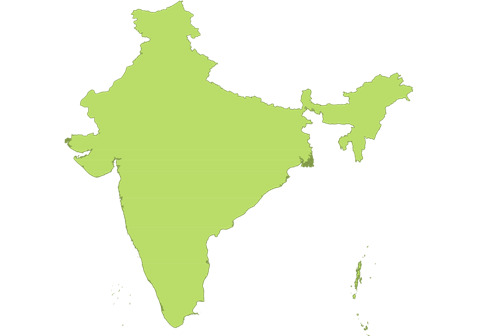South Asia -
India
South Asia

Land reform is a state subject in federal India. Land reform legislations, implemented in its early post-Independence period, resulted in the abolition of the zamindari system; redistribution of ceiling surplus land; tenancy reforms; regulation of sharecropping; and the provision of homestead lands to landless households, among others. However, the “unfinished task of land reforms” is enormous, especially given the large size, diversity, federal structure and uneven progress across states. Monitoring in India, then, is more practicable when done on a state level.
Association of Voluntary Agencies for Rural development (AVARD) has chosen to start monitoring in Bihar, based on the recent report and recommendations of the Bihar Land Reforms Commission. At the national level, monitoring will check particularly the passage of the national land reforms policy and land use plan, and the implementation of other significant land-related policies such as the Forest Rights Act. Monitoring would ascertain the status of land reforms to strengthen dialogue by looking at: access to land and homestead; sharecropping; landlessness; protection of land of Scheduled Castes and Scheduled Tribes; land disputes; budget; land records and maps; and the reordering of the governance structure.
Source: Association of Voluntary Agencies for Rural Development (AVARD). Hunger and Malnutrition in India: Status, Causes and Cures.
